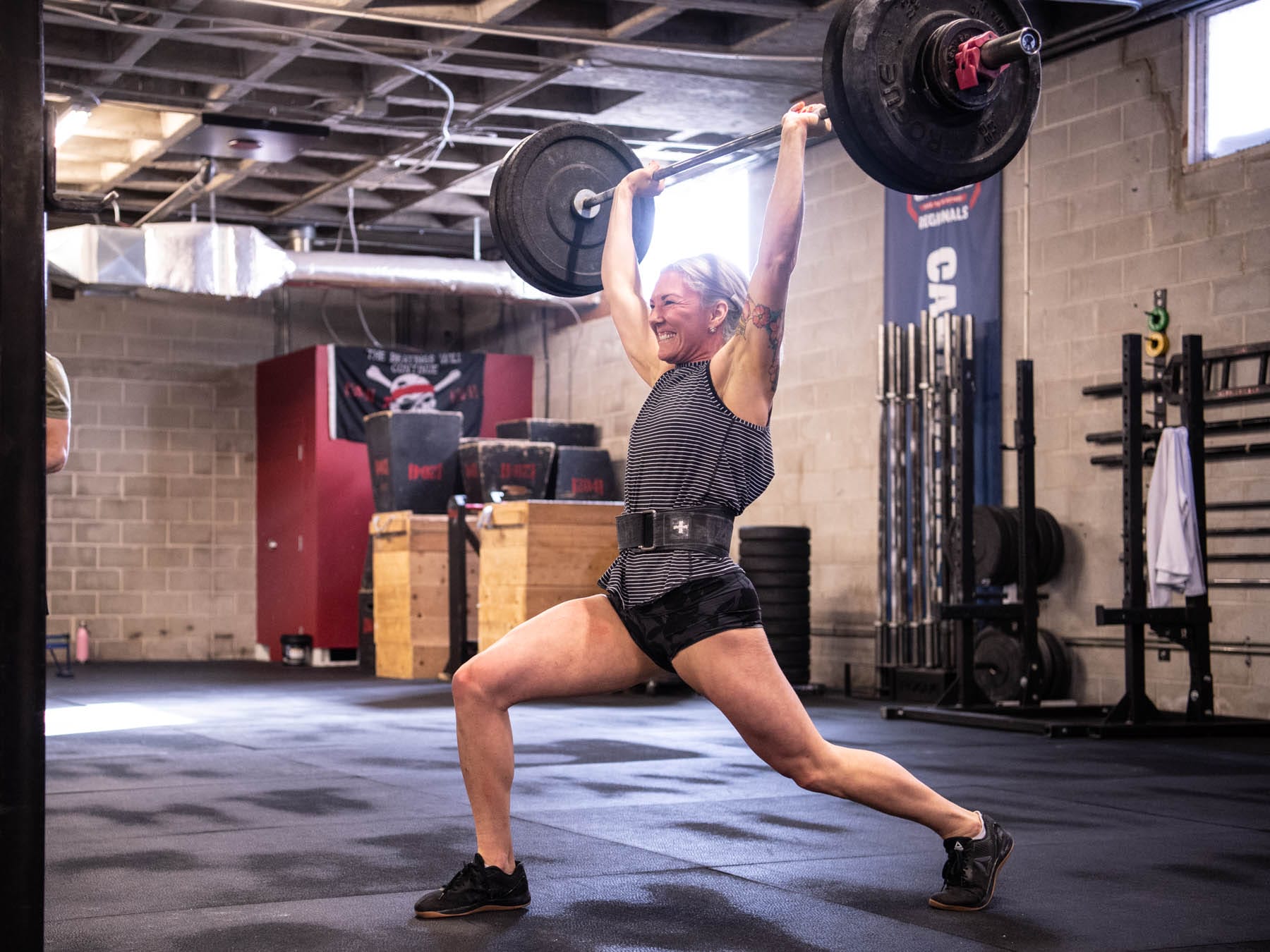Fitness Training and Your Period
I first became aware of how my period and menstruation cycle affected my training in my mid-20s.
I can’t say for sure that it didn’t affect exercise before that, but I noticed a definite shift in my PMS symptoms around 25. As I paid more attention, I also noticed that certain workouts affected me differently during different phases of my cycle.
After I clued into this, I started researching how female hormones can affect training. There is a lot of information to sort through, and this is an area of ongoing research. Many studies on exercise and strength training use men. This certainly doesn’t help us when we’re considering the effects of our hormones and our periods on training.
No two females are a like, either. We experience our cycles differently. Some women cruise through their cycles completely symptom-free, while others have various issues. It’s important to find out what works for you.
Data and Your Period
You can start your own research by tracking your cycle and paying attention to some variables during different phases. Two handy free apps are the Period Calendar and the Flo Period Tracker.
Before you decide to track your cycle and adjust your training schedule to work with your hormones and not against them, consider other factors that can affect your period and training: hormonal birth control, thyroid conditions, excessive use of stimulants, alcohol, stress, over-training and under-eating, diets too high in processed foods, and lack of exercise. Managing some of these simple lifestyle elements can significantly affect how you experience your period.
Your Cycle
Follicular Phase
First, let’s take a look at the menstrual cycle. We’ll base this off a 28-day cycle, although only 15 percent of women actually experience a cycle that is exactly 28 days. The onset or start of the cycle is called the follicular phase, and it ends when the ovary releases an egg. It lasts roughly 14 days, until ovulation starts, depending on the woman. The menstrual phase is technically the very early part of your follicular phase. This is important as it relates to your hormone levels and how they might impact your energy.
During the menstrual phase, estrogen and progesterone levels drop, and energy levels take a nose dive as well. You might want to plan your rest days and active-recovery days around this time.
In the later stages of this phase, women will experience a spike in estrogen compared to progesterone. During this phase, women are primed to increase their intensity and crush glycolytic workouts. Think Functional Fitness! Pain thresholds are higher and recovery is better.
If you’re planning to increase training intensity, then a moderate to high increase in carbohydrates for glycogen storing might be something to consider to optimize training and aid recovery. During this phase, women have greater insulin sensitivity, so this is the time to hit a re-feed and fuel muscle growth. Prioritize whole foods such as starchy sweet potatoes, whole grains, rice, and other fruits and veggies.
Ovulation Phase
The next phase is ovulation, which occurs around Day 14. This phase lasts 16 to 32 hours. If you can time it properly, this is the phase in which to try and hit a PR. Your strength and power output soar. But it’s a double-edged sword, because your estrogen levels are also peaking. Some studies have suggested peak estrogen levels might make women more prone to injury.
This phase ends when the egg is released.
Luteal Phase
The luteal phase begins just after ovulation. The egg can only be fertilized for up to 12 hours. If this doesn’t happen, the follicle seals over, forming the corpus luteum, and the phase lasts about 14 days. It will end just before menstruation. In the luteal phase, estrogen levels will peak and eventually decline, and progesterone levels will increase.
The hormones changes make this the phase in which many women experience premenstrual symptoms such as:
- Acne.
- Bloating.
- Breast swelling and tenderness.
- Trouble sleeping.
- Changes in mood.
In terms of training, this is the time to back off the super-intense cardio and lifting sessions and focus on longer steady-state workouts and moderate weightlifting. Try to tailor your training with workouts that require fat as fuel as opposed to carbs. Women are less insulin sensitive during this time, so you can optimize fat-burning efforts during the luteal phase—but only if you don’t go carb crazy.
You might notice an increased craving for hyper-palatable foods during this phase. Source out healthy fats and make sure you’re eating adequate levels of protein. For some women, yoga, Pilates, hiking or a good rest day might be more valuable than a tough workout in managing PMS symptoms.
You Do You!
Your cycle is as unique as you are. If Day 1 looks the same as day 25 or 28, then don’t fix what isn’t broken. But if you notice significant differences during the month, then you can start to prioritize certain styles of training and fuel sources to enhance your training instead of fighting against your body.


